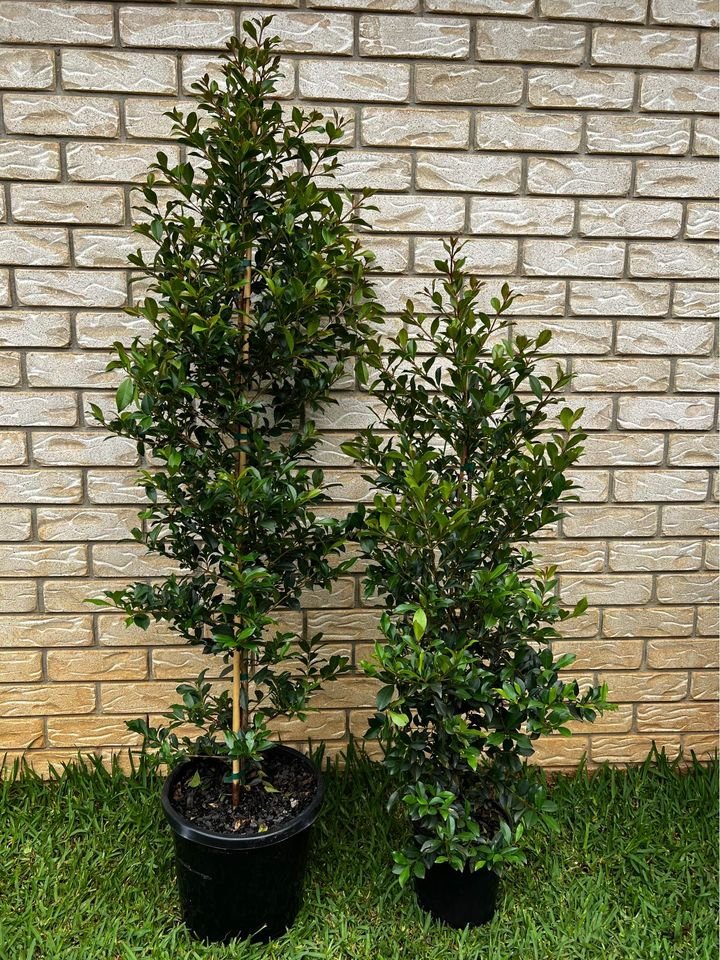Growing a vegetable garden in South-East Queensland is incredibly rewarding, thanks to the region's subtropical climate. With mild winters, warm summers, and year-round growing potential, you can enjoy fresh, homegrown produce in every season. Here's a detailed guide on how to grow a thriving vegetable garden tailored to South-East Queensland's unique conditions.
Understanding the South-East Queensland Climate
South-East Queensland has a subtropical climate with distinct seasons:
-
Spring (September-November): Warm and sunny, ideal for planting fast-growing vegetables that can handle the Summer heat.
-
Summer (December-February): Hot and humid, requiring careful watering and pest management.
-
Autumn (March-May): Cooler temperatures and reliable rainfall make it perfect for planting seeds and seedlings ready for Winter-Spring.
-
Winter (June-August): Mild days and cool nights, some veggies can be harvested in Winter. Keep an eye on over-watering.
Knowing when to plant and harvest is key to success. Let’s break it down season by season.
Seasonal Planting Guide for South-East Queensland
- Some plants can be planted over multiple seasons.
- This is only a guide: Harvest veggies when ready.
Spring (September-November)
-
Plant: Tomatoes, capsicums, cucumbers, zucchinis, Pumpkin, snake beans and some lettuces.
-
Harvest: Lettuce, spinach, carrots, and radishes planted in late winter.
-
Tips: Use mulch to retain moisture and protect young plants from early heat.
Summer (December-February)
-
Plant: Tomatoes, Pumpkin, corn, okra, cucumber and eggplants.
-
Harvest: Cabbage, Tomatoes, cucumbers, zucchinis, and beans from spring planting.
-
Tips: Water early in the morning to prevent evaporation and keep an eye out for pests.
Autumn (March-May)
-
Plant: Broccoli, tomatoes, cauliflower, kale, spinach, onion and carrots.
-
Harvest: Capsicum, tomatoes, lettuce, cucumber and pumpkins.
-
Tips: Add compost to rejuvenate soil after the hot summer months.
Winter (June-August)
-
Plant: Peas, garlic, broad beans and cabbages.
-
Harvest: Tomatoes, spinach, kale, Pumpkin and carrots.
-
Tips: Protect sensitive plants from frost with mulch or covers.
Step-by-Step Guide to Planting Vegetables
1. Choose the Right Location
-
Sunlight: Most vegetables need 6-8 hours of direct sunlight daily.
-
Drainage: Ensure the area has good drainage to prevent waterlogging.
-
Protection: Shield plants from strong winds with barriers or hedges.
2. Decide on Your Planting Method
-
Raised Garden Beds: Ideal for better drainage, improved soil quality, and easier access.
-
Containers: Perfect for small spaces or patios; ensure they have drainage holes.
-
In-Ground Planting: Suitable for larger areas; enrich the soil with organic matter beforehand.
3. Prepare the Soil
-
Type of Soil: Use a rich, loamy soil with good drainage.
-
Soil Improvement: Add compost, aged manure, or organic matter to boost nutrients.
-
pH Level: Aim for a slightly acidic to neutral pH (6-7) for most vegetables.
4. Planting Seeds and Seedlings
-
Seeds:
-
Sow seeds directly into the soil at the depth specified on the packet.
-
Water gently and keep the soil consistently moist until germination.
-
-
Seedlings:
-
Dig a hole twice the size of the seedling’s root ball.
-
Place the seedling in the hole, backfill with soil, and water thoroughly.
-
5. Fertilise Regularly
-
When to Fertilise:
- Fertilise first thing in the morning.
-
Apply fertiliser after planting and every 2-4 weeks during the growing season (always follow the packets instructions).
-
Use organic options like seaweed solutions, blood and bone, or compost tea.
- Fertilise first thing in the morning.
-
How to Apply:
-
Granular fertiliser - spread evenly around the base of plants and watered in well.
- Liquid fertilisers - mix with water according to the packets instructions and watered around the base of the plant.
-
6. Watering
-
Frequency:
-
Water daily in hot weather and every 2-3 days in cooler months.
-
Adjust based on rainfall and soil moisture levels.
-
-
Best Time to Water: Early morning to minimise evaporation and fungal risks.
-
Method: Use drip irrigation or a watering can for even distribution.
7. Preventing Pests and Diseases
-
Organic Pest Control:
-
Use neem oil or insecticidal soap to treat infestations.
-
Encourage beneficial insects like ladybirds and lacewings.
-
-
Companion Planting:
-
Grow marigolds, nasturtiums, or basil to repel pests naturally.
-
-
Maintenance: Remove diseased leaves and weeds promptly to reduce pest habitats.
Tips for a Thriving Vegetable Garden
-
Rotate Crops: Avoid planting the same vegetables in the same spot every year to prevent soil depletion and disease build-up.
-
Mulch: Use straw, sugarcane mulch, or wood chips to retain soil moisture and suppress weeds.
-
Monitor Growth: Regularly check for signs of pests, diseases, or nutrient deficiencies and address them early.
Conclusion
Growing a vegetable garden in South-East Queensland is a rewarding way to enjoy fresh, healthy produce year-round. By following this guide, you can plan your garden seasonally, choose the best planting methods, and care for your vegetables with confidence. Whether you’re a beginner or an experienced gardener, these tips will help you make the most of the region’s subtropical climate.














